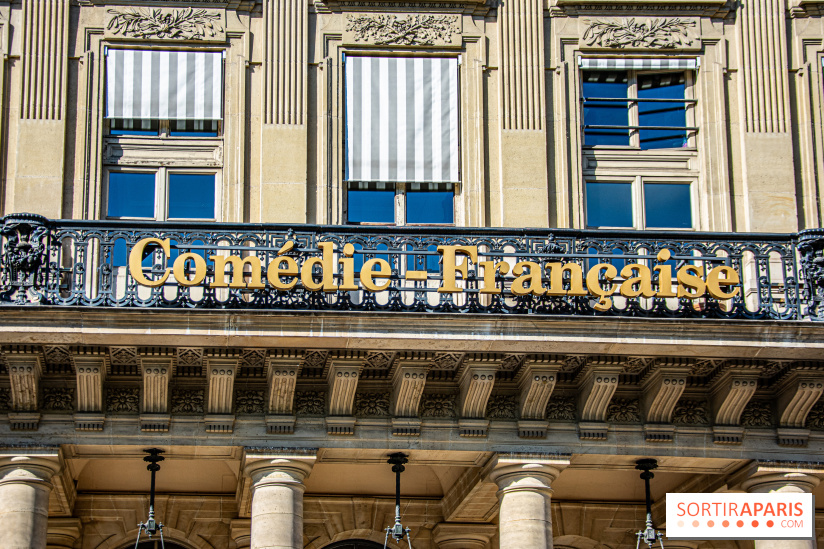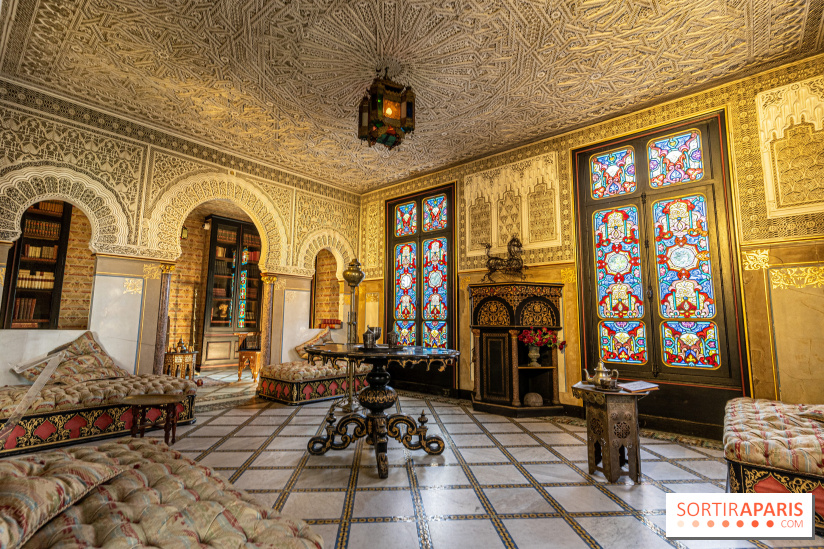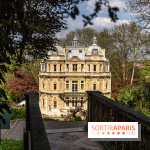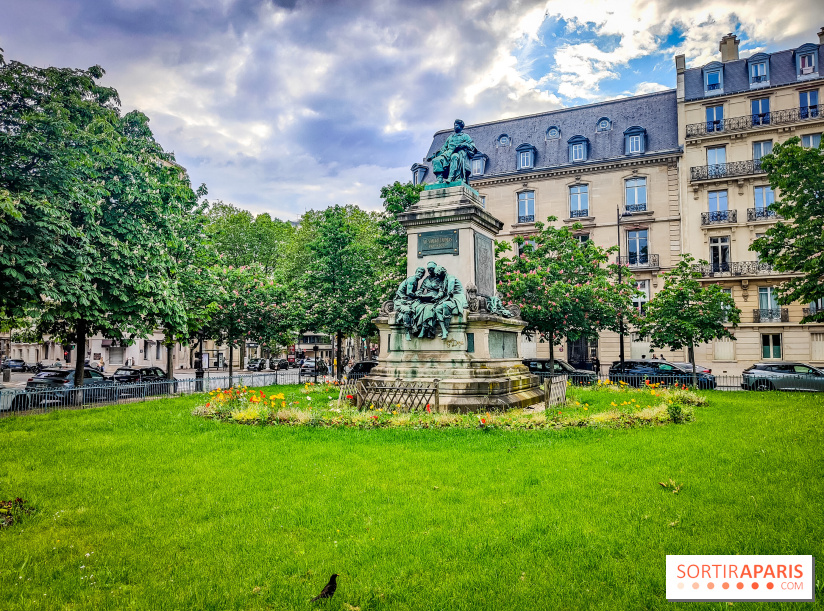An avid traveler, Alexandre Dumas moved around the capital a great deal during his life, fleeing creditors and love affairs. Born in 1802 in Villers-Cotterêts, Aisne, Dumas left the region where he grew up for the capital in 1822, with 53 francs in his pocket. There, he discovered the Comédie-Française, made friends with actors and entered the Parisian salons, where he was subjected to racism on account of his Haitian origins.
He then lived for a year at Place des Italiens, now 1 Place Boïeldieu, where he met Laure Labay, a dressmaker, with whom he had his son Alexandre, who was illegitimate for many years. He also lived at 25 rue de l'université, in the 7th arrondissement, still on the 4th floor, from 1829 to 1831, on the facade of which there is a plaque in his honor, after writing his first plays, notably"Henri III et sa cour", a highly successful historical drama, a year before Hernani.
He then lived on the third floor of 40 rue Saint-Lazare until 1833, on the level of the Square d'Orléans, where he organized a sumptuous costume ball that left a lasting impression. His first novel, Les Trois Mousquetaires (), contributed to the boom in serial novels and became a classic. Between 1844 and 1850, he wrote all his greatest works for the press, from the Comte de Monte-Cristo to the Vicomte de Bragelonne.
He had his own theater built in 1847 at 72 boulevard du Temple, now 10 place de la République, on the site of the entrance to the metro station, which he named Théâtre-Historique. Later renamed the Théâtre-Lyrique, it disappeared when the Place de la République was built. Dumas had a very large income, but continued to squander his money, as he had done all his life.
But it was here that he built the Château de Monte-Cristo, the only real trace of him in the Île-de-France region, at Port-Marly. An astonishing building, with a richly sculpted façade, and an artificial island a few meters away, on which stands his Château d'If, a small red-brick castel, in reference to his Count's prison.
The Château de Monte-Cristo, Alexandre Dumas' hidden and unusual home
Discover the Château de Monte-Cristo, the residence imagined by the writer Alexandre Dumas. Set in an English garden in the heart of the Yvelines, on the Saint-Germain-en-Laye side, you'll find an exuberantly styled 19th-century château and its small Château d'If. We take you on a tour of this hidden heritage, listed as a historic monument. [Read more]
He had to sell the property, ruined by the 1848 revolution and by his ex-wife, who demanded a pension. But he was bought out by a nominee and continued to live there until his theater went bankrupt, when, threatened with bankruptcy, he went into exile in Brussels with Victor Hugo.
He returned to Paris, to theHôtel Louvois, at the end of 1853. He set up the offices of his newspaper Le Mousquetaire opposite the restaurant La Maison d'or, 1 rue Laffitte, and stayed above it. After his travels in Russia and Italy, in 1864 he settled in Enghien for the summer with a singer, where he often came to hunt ducks on the lake.
After their separation, he lived at 79 (now 107) boulevard Malesherbes, near which is the Place du Général Catroux, long nicknamed"the place of the three Dumas", with three statues representing them. The monument to Alexandre Dumas père, created by Gustave Doré, was inaugurated in 1883, with a statue of D'Artagnan on the back.
He spent the rest of his life at his son's villa in Dieppe, where he died on December 5, 1870, after a vascular accident. His remains were transferred to the Panthéon on November 30, 2002, to mark the bicentenary of his birth.
The Count of Monte Cristo, where was the film shot in Île-de-France?
Discover the fascinating settings of the film The Count of Monte Cristo in Île-de-France, between history and cinema. [Read more]
Prices
Free











 The Château de Monte-Cristo, Alexandre Dumas' hidden and unusual home
The Château de Monte-Cristo, Alexandre Dumas' hidden and unusual home






 The Count of Monte Cristo, where was the film shot in Île-de-France?
The Count of Monte Cristo, where was the film shot in Île-de-France?














